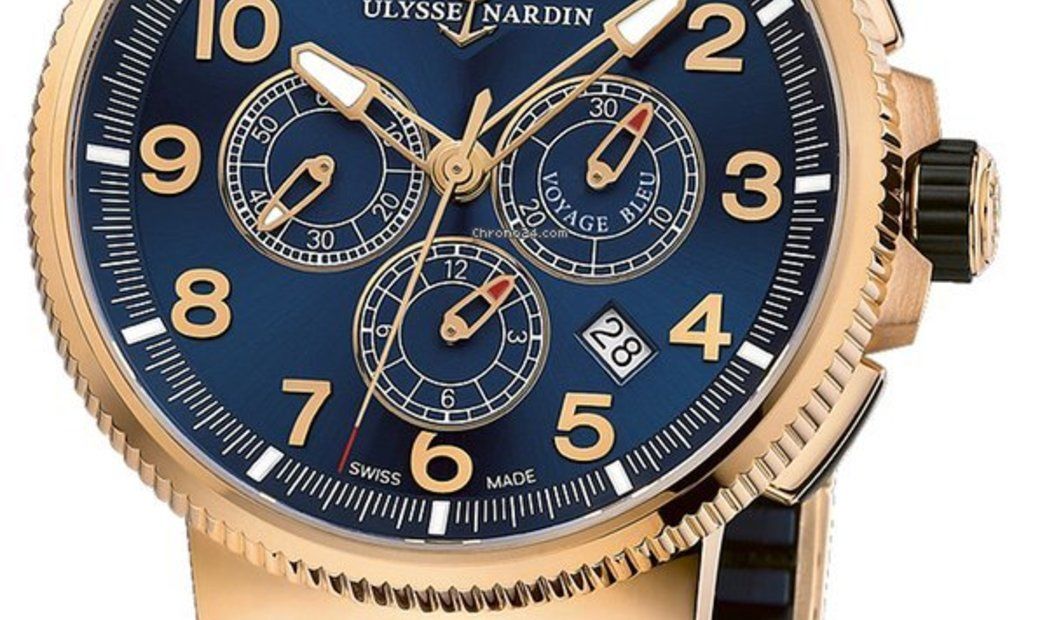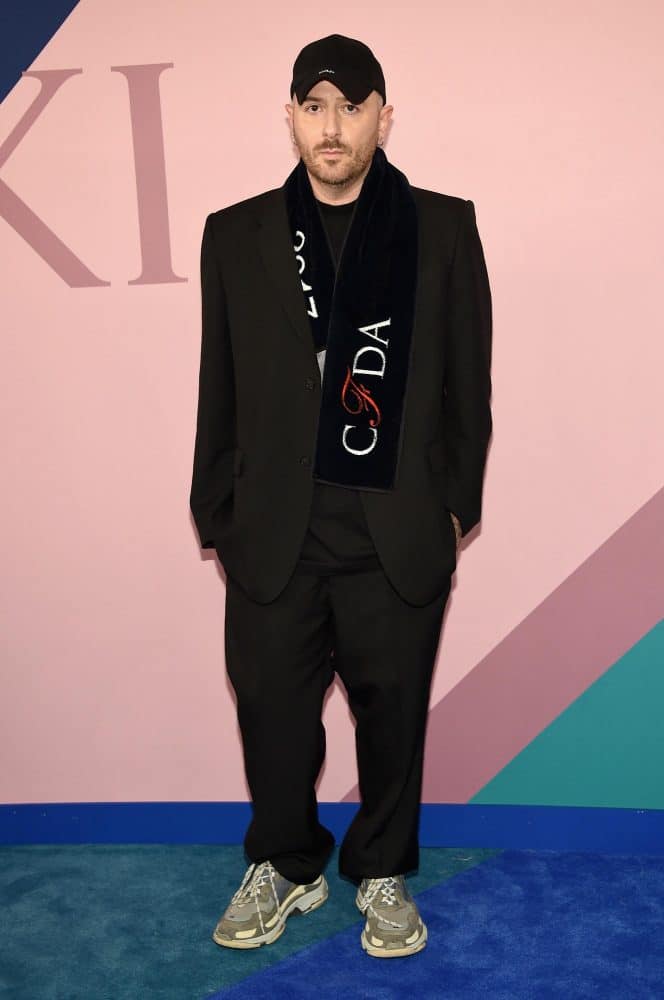Since October 31, 2019, the Swiss watchmaker Ulysse Nardin, owned by the luxury group Kering, has relied on Bitcoin blockchain technology to issue digital certificates of authenticity. What’s The Purpose ? Eliminate the risk of losing the physical warranty card.
By Luxus Plus
Watchmaker Ulysse Nardin (Kering group) has chosen to rely on Bitcoin and its blockchain to allow tamper-proof digital evidence to be entered into its sales register.
It should be remembered that when acquiring a valuable object, such as a luxury watch, the question of the certificate of authenticity is fundamental. It makes it possible to ensure that the product is not a counterfeit and that you are the owner. It is therefore unique and cannot be reproduced.
This is why it poses a problem of size in the event of loss. It then remained to find a solution to create a certificate in digital form meeting the same inviolability properties.
The process is quite simple, after purchase, the watch must be declared on the official website using the traditional physical card. A few hours later, the customer receives a PDF document by e-mail containing all the data and information on the watch purchased (model, serial number, warranty card number and end of warranty date).
It is the digital fingerprint of this document that is registered in the blockchain. Anyone can verify its authenticity by dragging the file into a tool developed on the Ulysse Nardin site. The device has been deployed across all watchmaking ranges since the end of 2019.
“It is a question of sealing a digitized document to protect it”, explains Gilles Cadignan, co-founder of the Rennes start-up Woleet, the subcontractor who takes care of entering the previously anonymized data in the blockchain for the account of the watchmaker.
“In the paper version there were already elements making the falsification of the document difficult (watermarks, holograms or others), here we must see an equivalent in the digital world“. Gilles Cadignan explains that the device does not involve revolutionizing everything for the brand because it connects to the tools already in place.
When you want to transmit the watch or resell it, the new owner will have to register with the brand so that a new certificate can be issued.
One way to stay in control on the secondary market and collect valuable customer data. “And why not, eventually, have a record of all the maintenance operations of our watches in the blockchain?” Said Patrick Pruniaux, boss of Ulysse Nardin.
The choice of the Bitcoin blockchain is explained by the fact that it is the oldest and most robust to date. It is 11 years old and has never been hacked yet, due to the immense computing power mobilized by the hundreds of thousands of computers that secure it worldwide.
Other companies have chosen private blockchains, but these do not offer the same guarantee in terms of security and transparency. The Kering group (Gucci, Yves Saint Laurent, Boucheron, etc.) is not the first luxury giant to take an interest in blockchain to ensure the authenticity of its products.
LVMH presented its AURA solution in June 2019 and this should initially concern Louis Vuitton bags and Christian Dior perfumes.
This project has yet to be launched on the market. Five major watchmaking companies have joined the Arianee consortium, including Vacheron Constantin, Audemars Piguet and Breitling, to develop a standard for authenticating luxury products via the blockchain.
Read also > Fine watchmaking : 2019 was a record year for Sotheby’s









